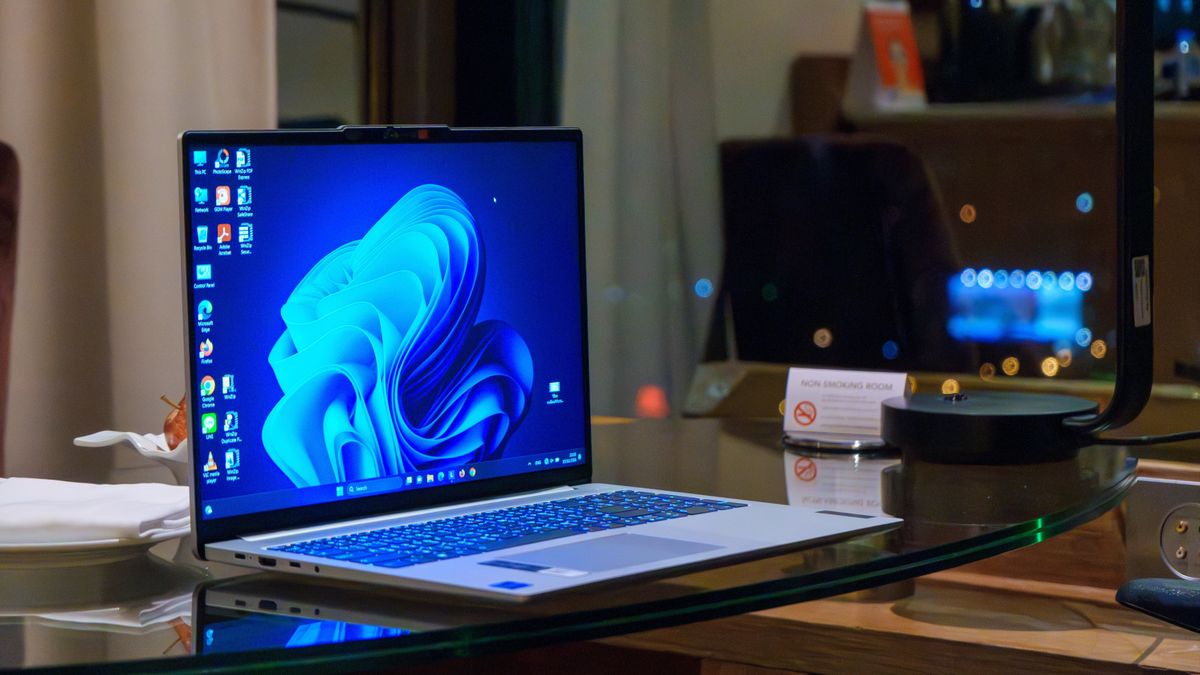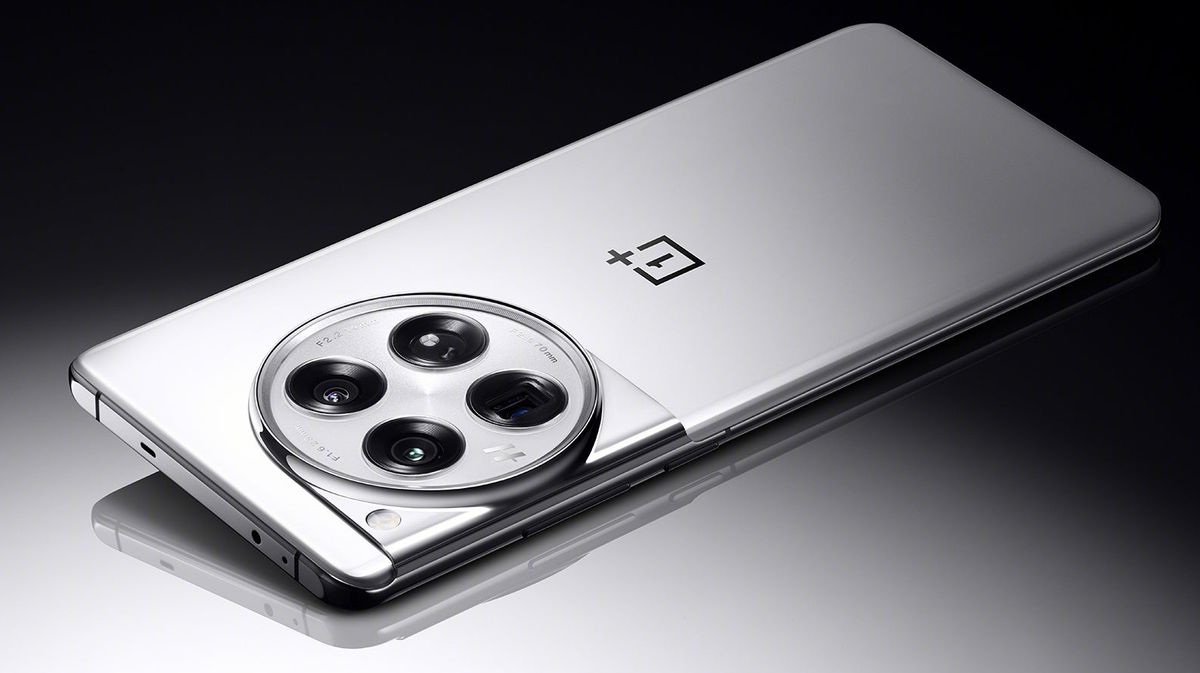The Google Pixel Watch 3 is now available. Google has used its Made by Google event (August 13 at 10am PT, 1pm ET, 6pm UK time) to unveil the latest version of its best smartwatch. While you can read our hands-on review for our first impressions of the watch (and check out our full recap of the Made By Google event live here), one aspect of the device we haven't had a chance to try out yet is the suite of new fitness tools.
In addition to smart features and the new emergency pulse loss detection tool, which alerts emergency services if you suffer a cardiac event, Fitbit is including a new suite of fitness features. The Pixel Watch 3 now uses machine learning to analyze advanced running metrics, so runners can benefit from knowing their stride length, ground contact time, and vertical oscillation (which means “how much you bounce up and down during a run” in runner-speak).
Pixel Watch 3 also offers a new Target Load feature and more advanced training plans, allowing you to schedule multi-stage workouts that incorporate warm-ups, intervals, and target paces. Your watch will alert you if you’re falling behind your target pace during your run.
While it collects information about your training, it also gathers recovery information, showing you your daily readiness score and other health metrics in a new Fitbit Morning Brief, a daily summary of your health sent directly to your watch.
Familiar faces (from the clock)
If all this sounds great, that's because it is. As a keen runner, I'm looking forward to trying out these advanced running metrics. However, I've already been using them for years… because they're already on other watches.
None of this is new. The best running watches and the best Garmin watches have long been calculating stride length, oscillation, and ground contact time, and even Apple announced that advanced training tools for runners like these were coming to its new line of watches two years ago during the debut of watchOS 9.
Similarly, the Morning Brief sounds almost exactly like Garmin's Morning Report, a feature I also loved when it was introduced and welcome here. Garmin has also long allowed users to design custom multi-segment running programs or use pre-made ones, complete with warm-ups, virtual pacers and intervals. In fact, Garmin has moved on to using algorithms to adjust its running plans based on recovery stats.
I’m glad Google has caught up with the pack. Its Fitbit devices have long been lagging behind, and Google seems intent on making the Google Pixel Watch 3 the best Fitbit ever made, even if it’s not a device that bears the Fitbit name itself. However, the implication that these features are revolutionary or groundbreaking is absurd, as competing smartwatch brands have been doing this for years.
Google Pixel Watch users who are runners (and I bet there are quite a few) will definitely benefit from these powerful running tools. What interests me is the mention of “machine learning” used to calculate the stats: as soon as I get the chance, I’ll be running with a Google Pixel Watch 3 on one wrist and an Apple Watch Ultra 2 or Garmin Epix Pro on the other, to see if the two watches deliver similar results.
Check out our TikTok coverage of the Google Pixel Watch 3 here:
@techradar ♬ original sound – TechRadar
You may also like









